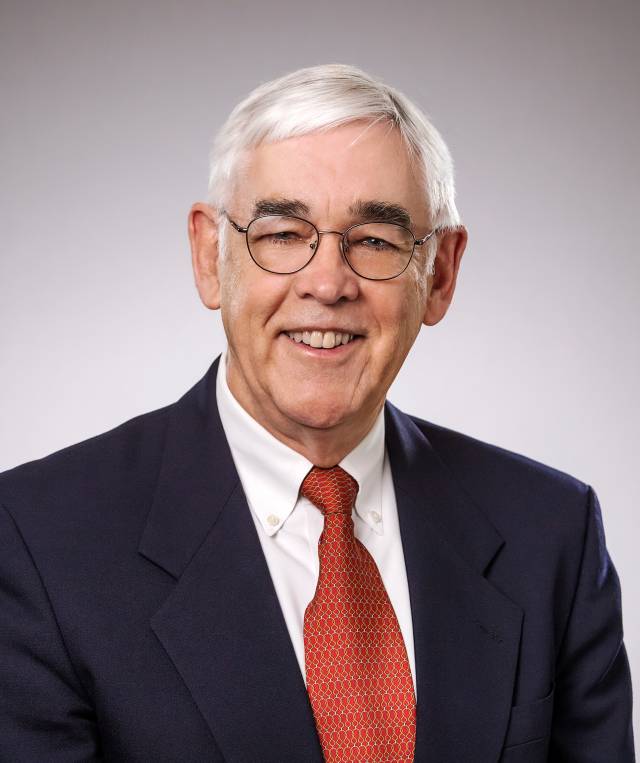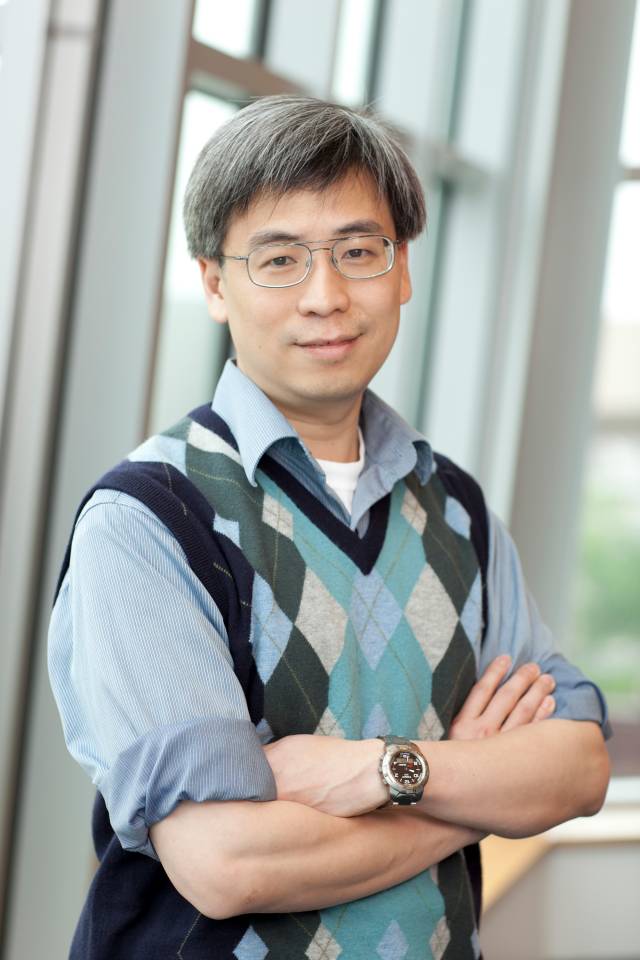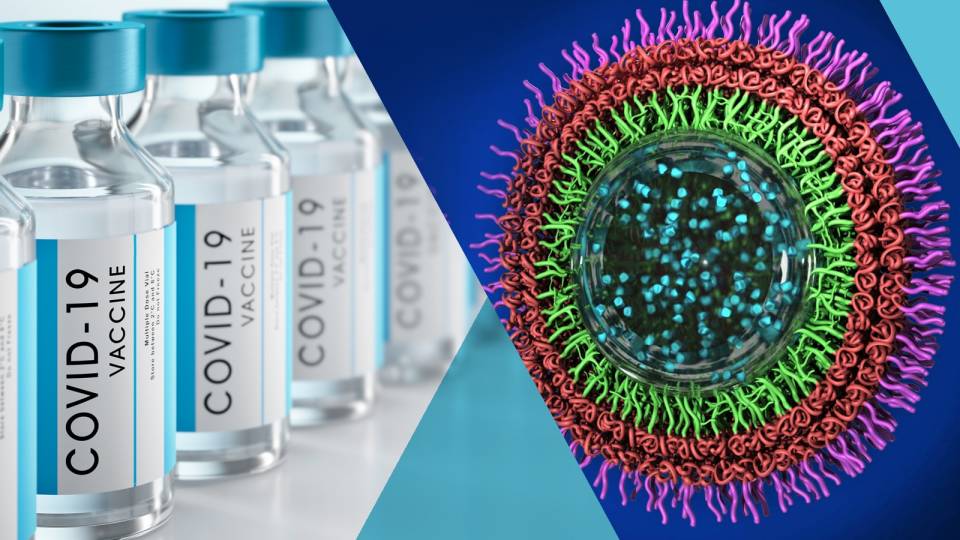A new partnership between the Princeton Catalysis Initiative and Genentech will support research into the little-understood process of endosomal escape, which is critical to many vaccines and cancer therapies.
A new partnership between the Princeton Catalysis Initiative (PCI) and Genentech, a biotechnology company based in South San Francisco, is enabling several Princeton faculty members to pursue mission-driven collaborations in fundamental research.

Robert Prud’homme
One project under Robert Prud’homme, a professor of chemical and biological engineering and an investigator in this latest PCI funding cycle, could expand our knowledge of drug delivery and the efficacy of vaccines through research on the little-understood process of endosomal escape.
An immune cell has a membrane at its surface, Prud’homme explained. When a particle lands on that membrane, the cell seeks to draw it in. So, an endosome — a sphere about 200 nanometers in diameter — forms to enfold and engulf the particle, after which the cell can digest its contents. This process is already widely accessed by scientists for vaccines and drug delivery.
But scientists want drug particles to escape the embrace of the endosome, and no one knows exactly how that works, he said. Basic questions need to be investigated — how does the cell signal for the formation of an endosome, how does the particle get trapped, how quickly does the particle begin to degrade within the cell?
In order to monitor each step in this process, Prud’homme will collaborate with Haw Yang, a chemistry professor. Yang’s 3D imaging work has, as Prud’homme described it, “the world’s best capability to follow in three dimensions the trajectory of a little fluorescent particle” as it gets subsumed by the endosome. Coupled with Prud’homme’s research in making therapeutic nanoparticles — and changing their character to suit experimental needs — the Genentech project has the potential to detail the entire endosomal trafficking process.

Haw Yang
“This research applies to a wide spectrum of Genentech therapeutics,” said Prud’homme. “All the vaccines or the treatments for immunotherapies for cancer — all of those require internalization into the cell, but then endosomal escape. There is a great deal to learn about how that happens, so this is very fundamental information they’d like to have.”
Through its corporate partnerships, PCI has already drawn exceptional teams from Bristol-Myers Squibb, Celgene, Janssen and Merck to campus, reinforcing and expanding Princeton’s innovation ecosystem with each new partner. Collaborations stitch together the expertise of scholars, researchers and industry to explore new synergies. Optimistically projected at its soft launch in 2018 to reach 150 collaborations, PCI has instead grown into a powerhouse now on track to enable more than 500 projects across 11 departments at Princeton.
Through the mechanism of flash-presentations at annual PCI symposia, industry and corporate leaders get to see research in its infancy and can connect to projects that enhance their own goals. The Genentech partnership follows the January 2020 symposia, the third and the largest to date.
Genentech will fund five new collaborations in chemistry, molecular biology and CBE, raising PCI’s total funded commitments to over $65M in just over two years. Along with Prud’homme, the Princeton principal investigators who are joining forces with Genentech are Paul Chirik, the Edwards S. Sanford Professor of Chemistry; David MacMillan, the James S. McDonnell Distinguished University Professor of Chemistry; and Mohamed Donia, an associate professor of molecular biology, who has two projects funded.
MacMillan, who is also the PCI director, said he was “over the moon delighted” about the partnership.
“Genentech is really a special company in so many different ways, and has always valued basic research. They have a tremendous group of chemists, biologists and engineers, so for Princeton to be associated with them is incredibly valuable,” MacMillan said. “In addition, we’re on the other side of the continent from them. It speaks volumes that they felt what we were doing here is exciting enough to come across the country and partner with PCI.”
The Genentech projects include novel formulations for drug delivery, earth-abundant metals for catalysis in pharmaceutical manufacturing, photo redox catalysis that can image molecules, and the complex interactions within microbial communities that could reveal new ways to turn “bugs into drugs.”
“Genentech is committed to delivering breakthrough therapies that improve and enhance the lives of patients. With this goal in mind, PCI provides access to cutting-edge technologies that we believe can accelerate new drug discovery programs in our portfolio,” said Wendy Young, Genentech's senior vice president for small molecule drug discovery.
“Additionally, Genentech's research organization has a close connection to Princeton and PCI,” Young added. “We have hired numerous accomplished scientists that were trained at Princeton, and so we know firsthand Princeton’s reputation and track record for innovation. It’s a terrific opportunity and a special collaboration for us.”
Genentech has been at the forefront of the biotechnology industry for more than 40 years, using human genetic information to develop novel medicines for serious and life-threatening diseases. Transformational discoveries include the first targeted antibody for cancer and the first medicine for primary progressive multiple sclerosis. Genentech, which has been a member of the Roche Group since 2009, is based in South San Francisco, California.






